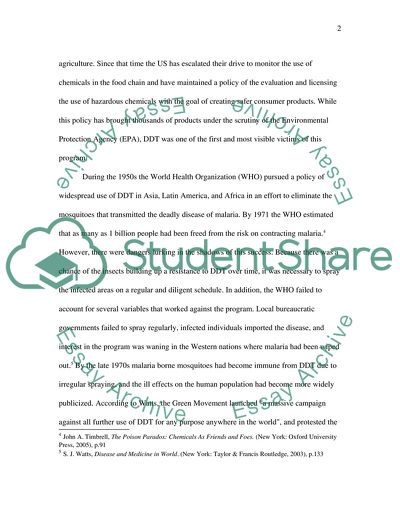Cite this document
(“The History of DDT Essay Example | Topics and Well Written Essays - 1250 words - 1”, n.d.)
The History of DDT Essay Example | Topics and Well Written Essays - 1250 words - 1. Retrieved from https://studentshare.org/chemistry/1549121-the-story-of-ddt-and-malaria-history-essay
The History of DDT Essay Example | Topics and Well Written Essays - 1250 words - 1. Retrieved from https://studentshare.org/chemistry/1549121-the-story-of-ddt-and-malaria-history-essay
(The History of DDT Essay Example | Topics and Well Written Essays - 1250 Words - 1)
The History of DDT Essay Example | Topics and Well Written Essays - 1250 Words - 1. https://studentshare.org/chemistry/1549121-the-story-of-ddt-and-malaria-history-essay.
The History of DDT Essay Example | Topics and Well Written Essays - 1250 Words - 1. https://studentshare.org/chemistry/1549121-the-story-of-ddt-and-malaria-history-essay.
“The History of DDT Essay Example | Topics and Well Written Essays - 1250 Words - 1”, n.d. https://studentshare.org/chemistry/1549121-the-story-of-ddt-and-malaria-history-essay.


